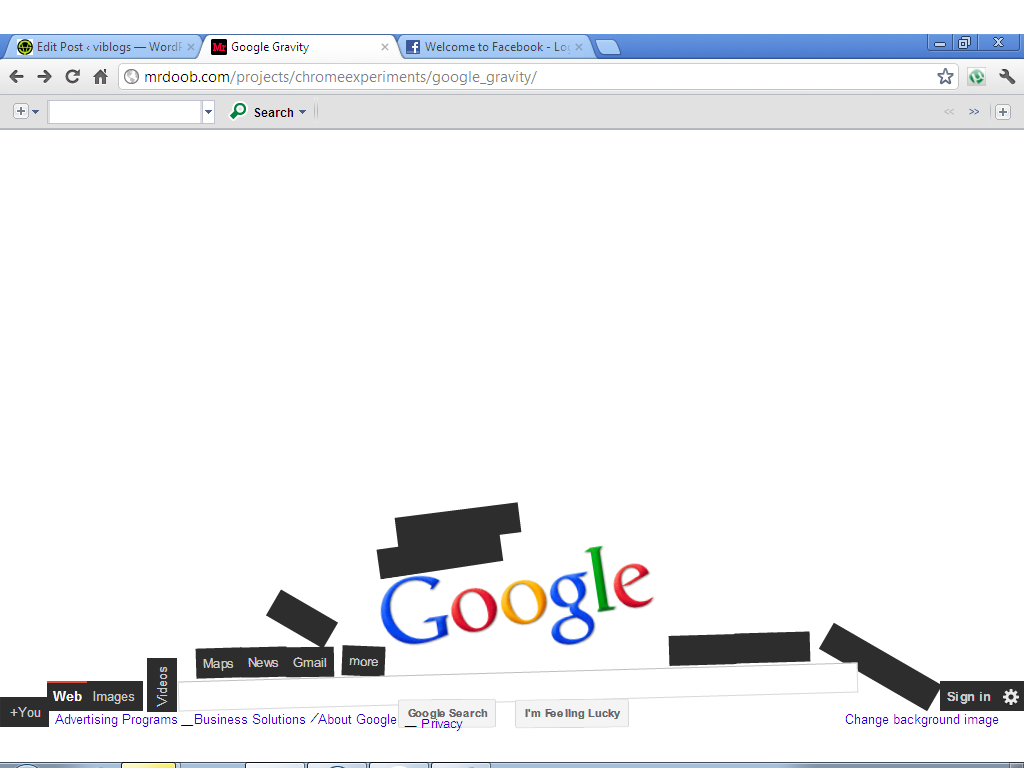1. The Flipped Classroom
The flipped classroom is a blended delivery model that essentially has students learn new material for homework and practice the material in the classroom (opposite from the traditional "learn new material in the classroom and practice at home" format of teaching). The "learning-for-homework" is most frequently done through educational video casts called vodcasting. As an example, a math teacher could pre-record a lecture on new material, assign it to the students to watch for homework, and then use class time to have students practice what they learned with the benefit of having the teacher available for additional explanation and any questions. Chapter 10 of
Teaching and Learning with Technology cleverly terms the teacher's role change from "sage on the stage" to "guide on the side." I particularly
love this method of teaching because of my natural learning style. Often times in the traditional class, I am very lost, the new information is overwhelming, I'm so focused on writing down lecture notes that I don't have time to comprehend the information or ask questions, et cetera... which causes me to feel constantly behind in class and often forces me to teach myself the material after school and
then attempt the assigned homework. The flipped classroom appeals to me because I can watch the recorded lecture at my own pace, rewind or re-watch if I need to, write down any questions, and have time to process it on my own before going to class. If not wanting to pre-record lectures, websites like Kahn Academy (https://www.khanacademy.org) are great assets.
2. Professional Development Web-Resource Review
I decided to review Discovery Education's Educational Professional Development website. (http://www.discoveryeducation.com//what-we-offer/professional-development/explore/index.cfm)
This company partners with districts to identify goals, develop customized learning plans, collaboratively design professional learning plans, address teacher and administrator needs, provide certification opportunities for web-based learning experiences, and offer free digital academies in leadership, literature, math, and STEM subjects.
It comes at a cost though: One day of on-site professional development is $2,500, which includes a six hour session with an expert instructor. For $600, a three session webinar is available for purchase. However, Discovery Ed offers K-12 teacher classroom resources for free! This aspect of the company I believe would be the most practical and useful for me as a new teacher. The community blog and the student resources are also helpful tools to enhance my future teaching! Overall, this website/ company seems to be very helpful to all those in the education realm, weather a elementary student, high school teacher, or district administrator.
3. Reflection of Information Dissemination Assignment
This power point assignment was actually quite fun! Although I grew up using Windows, I was not familiar with the newest/ upgraded powerpoint software. I learned that there are so many options to help create a great presentation. One element I was unfamiliar with was the "button" function -- allowing the viewer to click through the slides or access whatever page the button is hyper-linked to. It was also helpful for me to think about effective instructional techniques when using power point. The tips Lauren gave about keeping it concise and not overloading the slides with information were extremely helpful! I don't think I would change this assignment in any way.
(and unfortunately I don't have a screen shot of my assignment -- I created it on an FSU desktop computer since I have a Mac and don't have powerpoint)










